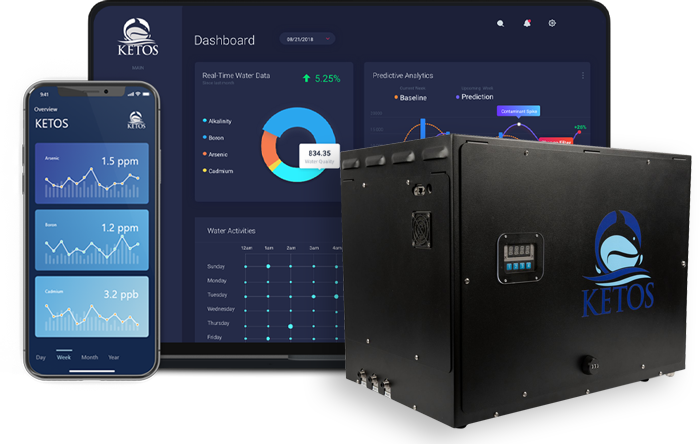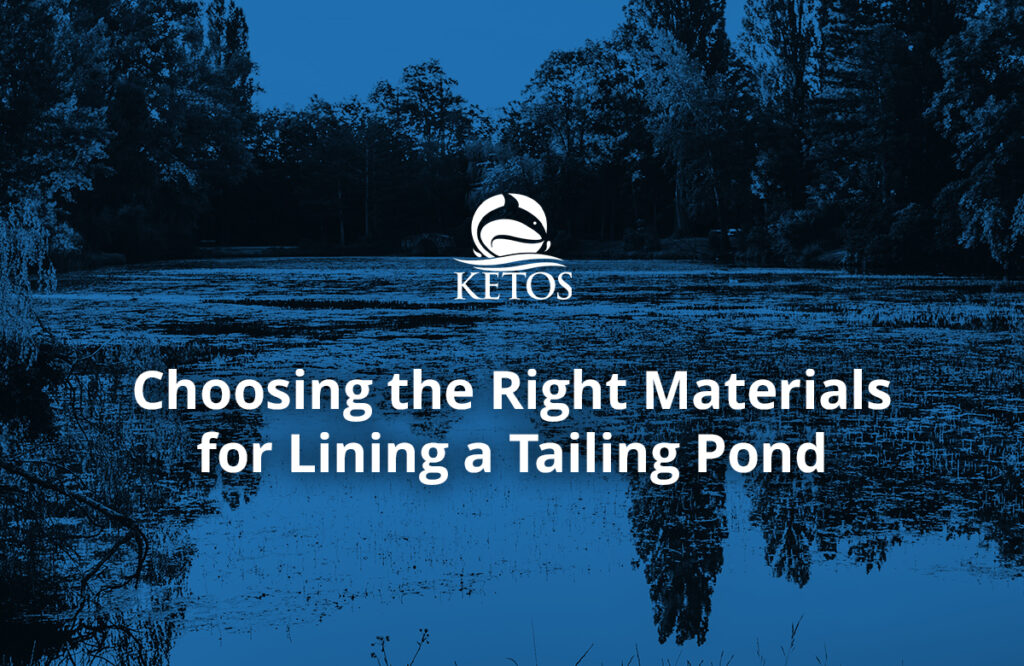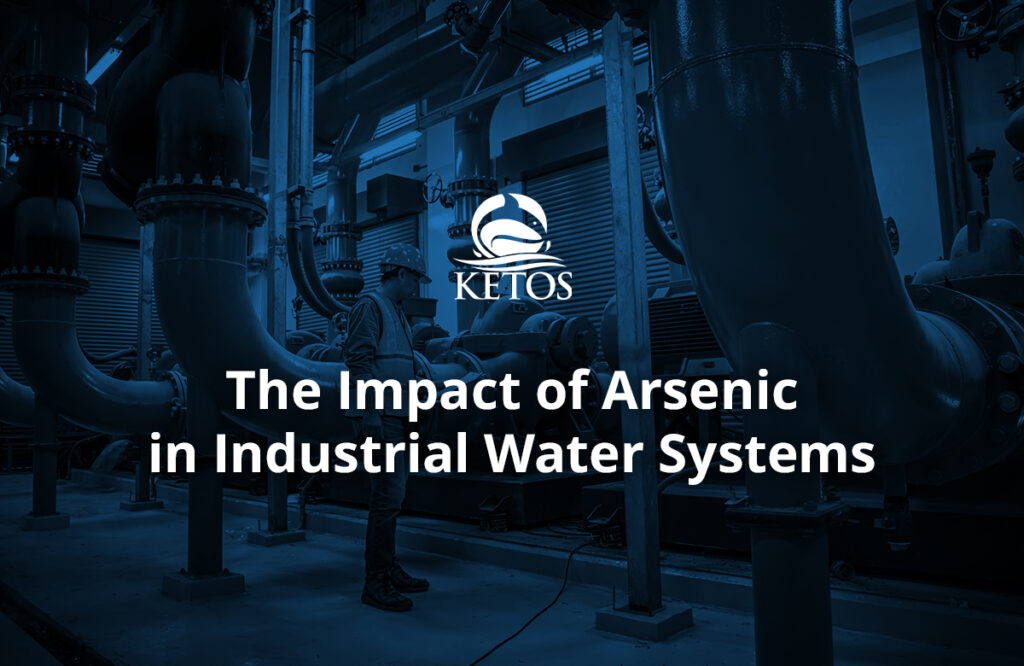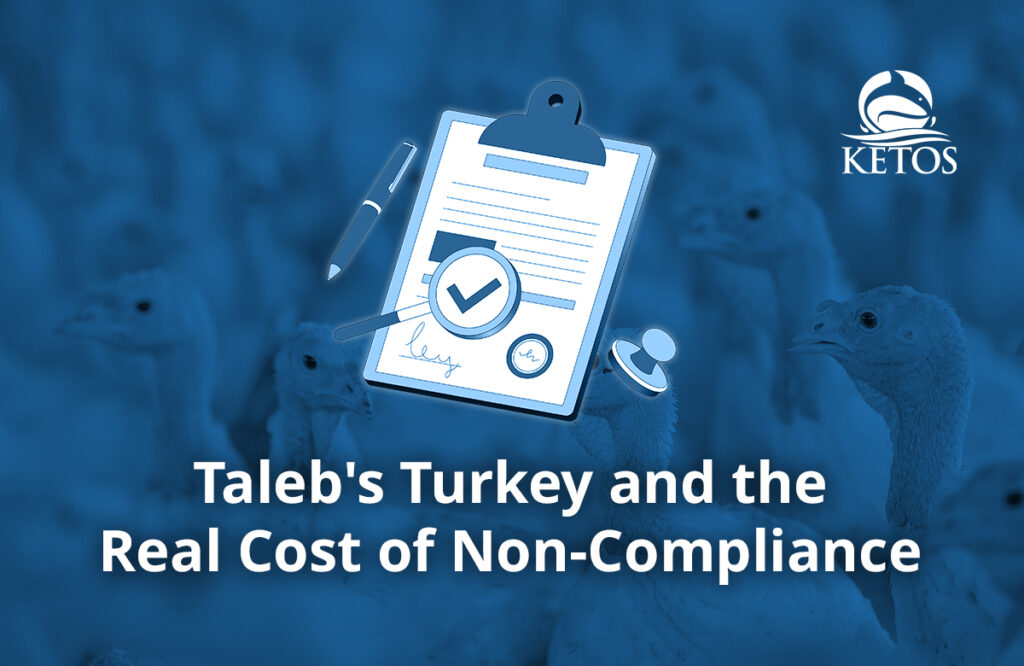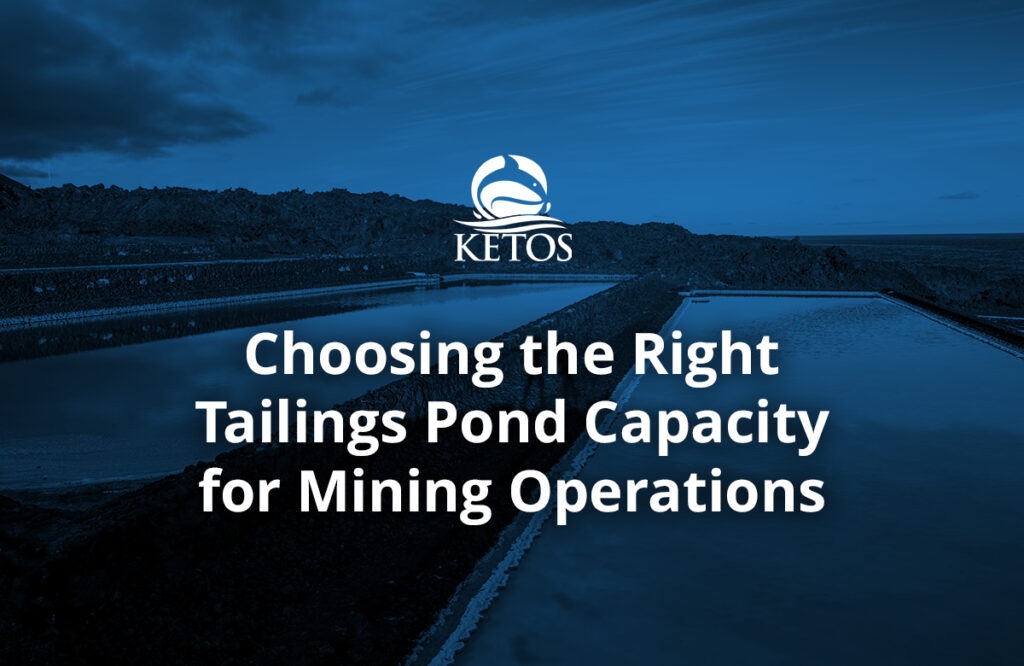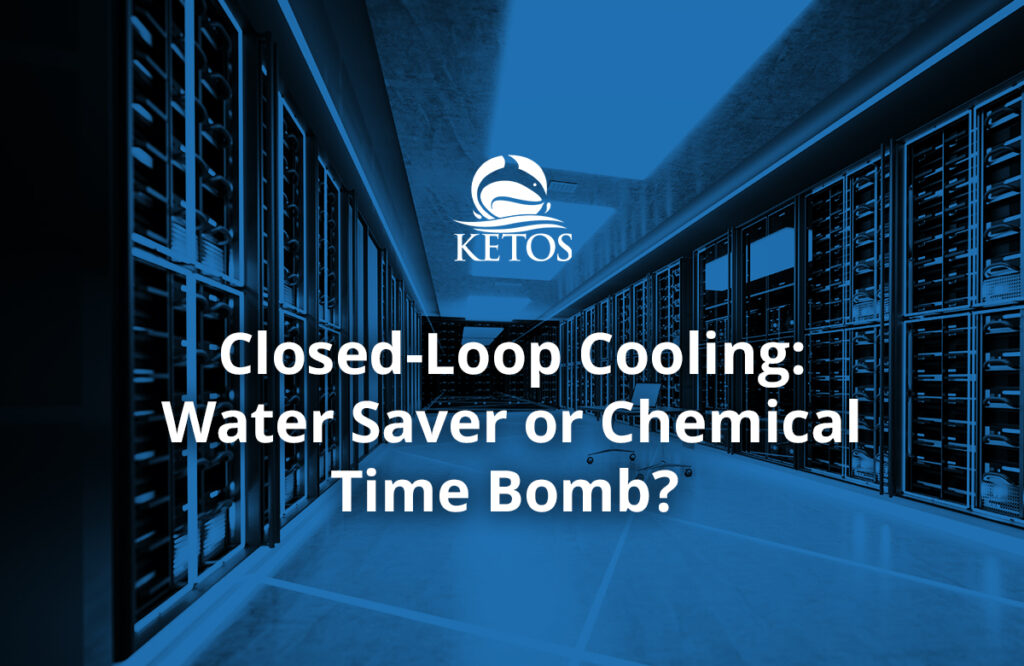As the demand for mineral extraction grows, managing tailings ponds has become a major environmental concern. These ponds, which store the waste from mining processes, often contain harmful chemicals and heavy metals that can seep into nearby ecosystems. With stricter regulations and a shift toward more sustainable practices, the mining industry must find better ways to clean and manage these tailings. Innovative solutions like water quality detectors and advanced wastewater treatment systems are key to addressing these challenges and improving water management.
1. Water Quality Detectors for Real-Time Monitoring
Real-time monitoring of water quality is essential for effective tailings pond management. Modern water quality detectors enable operators to access key parameters in real-time, allowing for immediate intervention when a problem is detected.
The key features of water quality detectors include:
- Heavy Metal Detection: Real-time detection of metals like mercury, arsenic, and lead for early intervention.
- pH Monitoring: Maintaining optimal pH levels to prevent the dissolution of toxic metals.
- Turbidity Monitoring: Identifies suspended particles, ensuring contaminants are detected before they spread.
- Real-Time Alerts: Notifies operators when water quality thresholds are breached, enabling quick responses.
Here’s a quick overview of the key water quality parameters detected by modern systems:
| Parameter | Importance |
| Heavy Metals (e.g., Mercury, Arsenic, Lead) | Allows rapid intervention to prevent contamination spread. |
| pH Levels | Maintains safe conditions to avoid metal dissolution. |
| Turbidity | Detects suspended particles, which may carry contaminants. |
| Dissolved Oxygen | Monitors water quality, ensuring it remains safe for aquatic life. |
These technologies allow continuous detection and facilitate proactive management. When integrated with industrial wastewater treatment systems, they ensure real-time adjustments, improve compliance with environmental standards, and enhance the sustainability of tailings pond management.
2. Biological Remediation for Sustainable Cleanup
Bioremediation is a biological process that uses microorganisms to break down contaminants in water, making it an effective solution for tailings ponds. This process leverages bacteria and fungi to neutralize pollutants like heavy metals and sulfur compounds commonly found in mining byproducts. Bioremediation is environmentally friendly and cost-effective, reducing the need for chemical treatments.
Key Benefits:
- Natural Cleanup: Bioremediation relies on naturally occurring microorganisms, reducing the reliance on chemical agents that may harm the environment.
- Cost-Effectiveness: Biological treatments are often less expensive than chemical alternatives, making them a suitable option for long-term environmental management.
- Scalability: This approach can be tailored to a variety of environmental conditions, making it adaptable for different types of tailings ponds.
3. Industrial Wastewater Treatment Systems for Heavy Metal Removal
Industrial wastewater treatment systems play a critical role in removing harmful contaminants such as heavy metals from tailings pond water. Advanced filtration and chemical processes, such as reverse osmosis and activated carbon filtration, can effectively isolate toxic substances and prevent their release into the environment.
| System | Function | Effectiveness |
| Reverse Osmosis | Filters out dissolved solids, including heavy metals and salts. | Highly effective in purifying water, even at the molecular level. |
| Activated Carbon Filtration | Absorbs organic and inorganic contaminants, including heavy metals. | Effective for removing pollutants like mercury and lead from water. |
Integrating industrial wastewater treatment systems into tailings pond management ensures that heavy metals and other toxic substances are efficiently removed, thus reducing the environmental risks posed by tailings water. These systems are also enhanced when paired with real-time water quality detectors to monitor water throughout the treatment process.
4. Zero Liquid Discharge (ZLD) Systems for Sustainable Water Recovery
Zero Liquid Discharge (ZLD) systems are advanced wastewater treatment technologies that aim to recover all water from tailings ponds and reduce waste. ZLD systems work by evaporating water and recovering the vapors, leaving behind solid waste, which can be disposed of safely. These systems are particularly useful in regions facing water scarcity, as they allow industries to reuse water for operational purposes without contributing to pollution.
- High Efficiency: ZLD systems employ advanced filtration and evaporation technologies that ensure minimal water wastage.
- Water Reuse: The recovered water can be reused in the mining process, reducing the need for fresh water and improving operational sustainability.
- Minimized Environmental Impact: ZLD systems reduce the need for traditional discharge processes, ensuring that pollutants do not enter surrounding ecosystems.
As part of a comprehensive wastewater management strategy, ZLD systems can greatly enhance the sustainability of mining operations while minimizing the environmental footprint of tailings ponds.
5. Advanced Chemical Treatment for Contaminant Neutralization
Chemical treatment is still an important part of managing tailings pond water, particularly when biological and physical methods are insufficient. By adding neutralizing agents like lime or soda ash, operators can adjust the pH of the water and precipitate out harmful metals. This method is often used in conjunction with industrial wastewater treatment systems to ensure that all contaminants are removed from the water.
- Lime Treatment: Used to neutralize acidic water, this process helps in precipitating out harmful metals such as copper, zinc, and cadmium.
- Soda Ash Treatment: Commonly used to raise pH levels and precipitate out harmful substances, making the water less hazardous for the environment.
- Precipitation Methods: By precipitating metals out of solution, these chemicals ensure that contaminants are removed before the water is discharged or reused.
These chemical treatments are highly effective when used in combination with other remediation methods, ensuring the removal of both organic and inorganic pollutants. When applied alongside continuous water quality monitoring systems, the chemical treatment process can be fine-tuned for maximum efficiency and minimal environmental impact.
Improve Tailings Pond Management with KETOS Solutions
Enhance your tailings pond management with KETOS. The KETOS SHIELD provides real-time monitoring of critical water quality parameters, including heavy metals and pH levels, so you can effectively manage influent, effluent, and process water. With predictive analytics, KETOS helps you stay compliant with regulations, mitigate risks, and optimize your operations.
- Monitor water quality parameters like heavy metals and pH in real-time.
- Use predictive analytics to identify and address issues before they occur.
- Automate reports and alerts for proactive management of your water systems.
- Integrate seamlessly with your existing systems for efficient operations.
Request a demo and see how KETOS can improve your tailings pond management. Contact us for more information.
